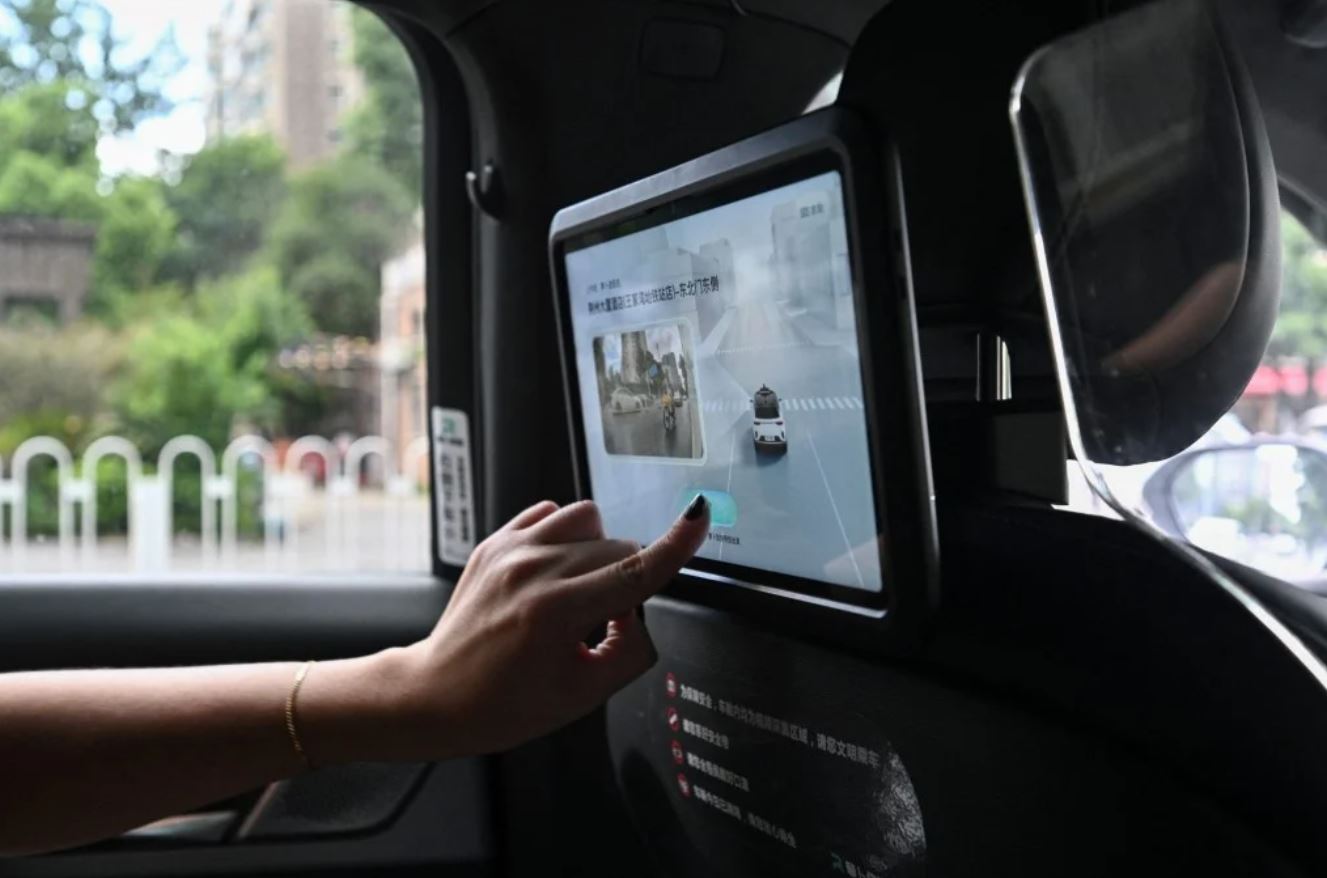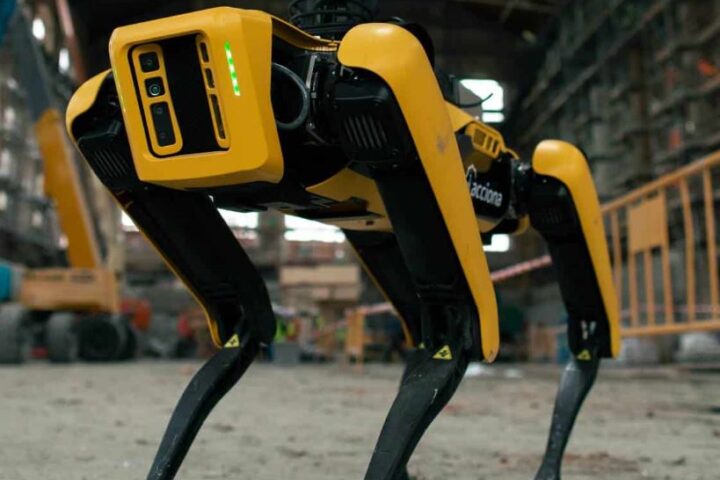 In the aftermath of a tragic accident involving a Xiaomi SU7 electric vehicle, China’s leading carmakers are taking a hard look at safety measures in self-driving technology. The incident has spurred the China Association of Automobile Manufacturers (CAAM) and the China Society of Automotive Engineers to push for better safety protocols and clearer communication about what autonomous vehicles can really do.
In the aftermath of a tragic accident involving a Xiaomi SU7 electric vehicle, China’s leading carmakers are taking a hard look at safety measures in self-driving technology. The incident has spurred the China Association of Automobile Manufacturers (CAAM) and the China Society of Automotive Engineers to push for better safety protocols and clearer communication about what autonomous vehicles can really do.
The crash in Anhui province, which sadly claimed three lives, has underscored the need for tougher safety standards. The vehicle was traveling at 116 km/h with its driver-assistance system engaged and alerted the driver just two seconds before hitting a barrier. This highlights the critical importance of these systems working seamlessly and drivers being fully aware of their responsibilities.
In response, CAAM is rolling out a series of initiatives to standardize how driver-assistance technologies are deployed and communicated. The goal is to create a safe environment for integrating these systems into the fast-growing electric vehicle (EV) market.
The Ministry of Industry and Information Technology (MIIT) is also stepping in, bringing together representatives from 60 companies to ensure everyone is following the rules. They’ve banned terms like “smart driving” and “autonomous driving” in marketing materials, stressing that drivers must stay engaged, even with level 2 (L2) and L2+ systems.
Currently, China hasn’t given the green light to level 3 (L3) autonomous systems, which would allow for hands-off driving according to SAE International’s standards. This regulatory stance highlights the necessity of keeping drivers attentive to avoid future tragedies.








